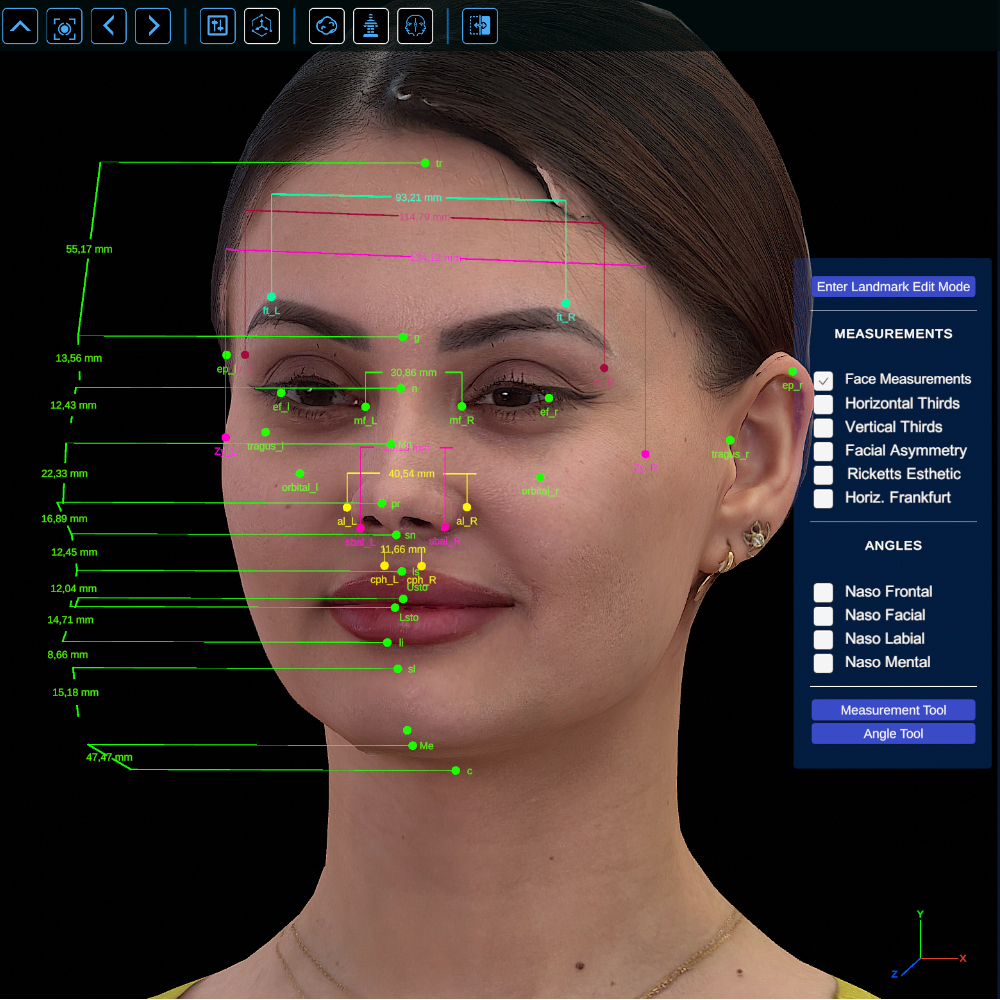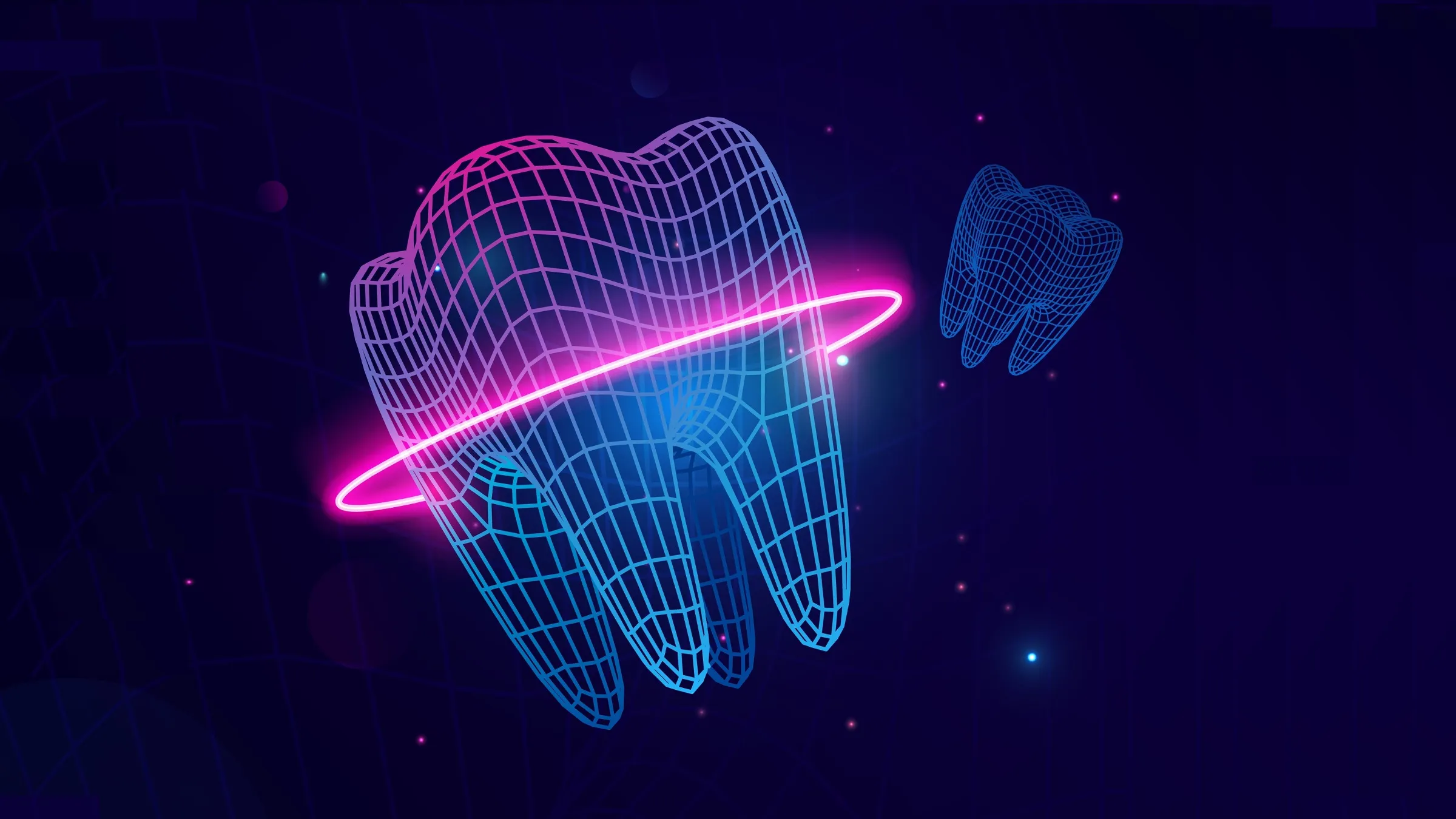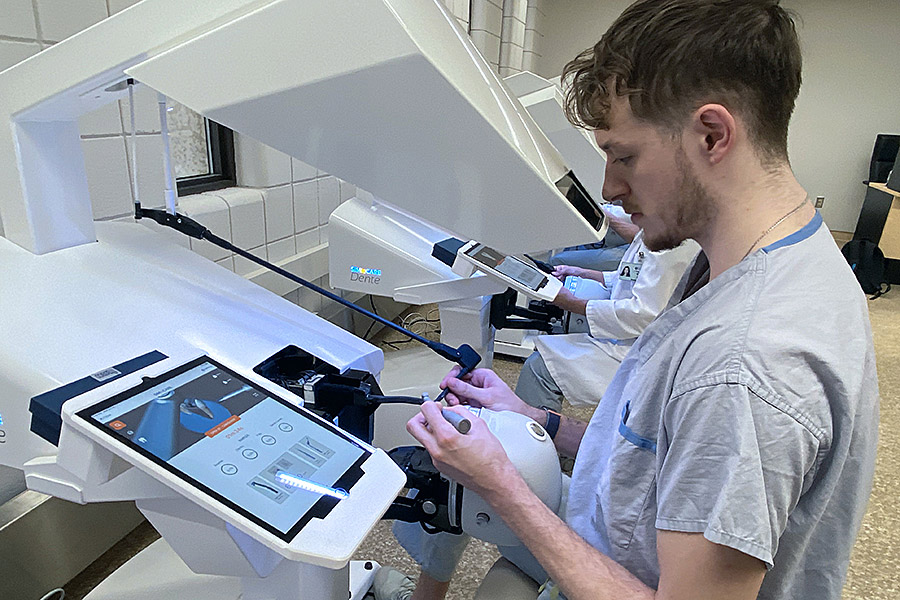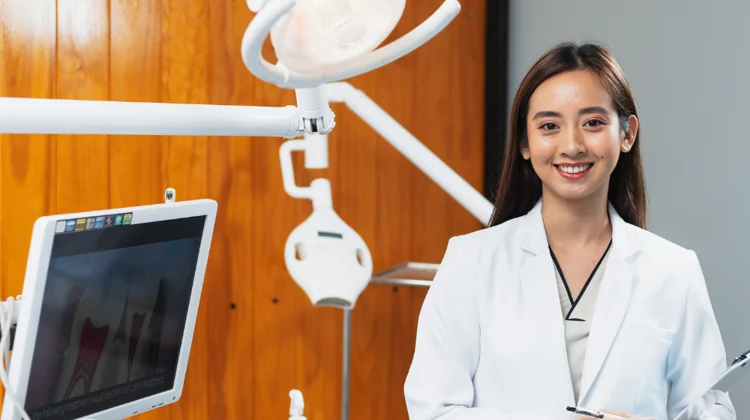5 Free Tools for Craniofacial 3D Model Visualization
3D visualization has become a core part of digital dentistry and maxillofacial surgery. Surgeons, dentists, and students all need to look at anatomy in three dimensions, whether it’s for diagnosis, planning, or training. Commercial CAD/CAM platforms are powerful but often too expensive for smaller institutions. Luckily, there are several free tools that can handle everyday visualization tasks surprisingly well. Here are five worth knowing.
1. 3D Slicer (Dental Extensions)
3D Slicer is one of the most established names in medical imaging. With dental add-ons, it can load CBCT scans, slice through them, and even generate STL models for further use. Universities favor it because it connects radiology and dentistry in one package, letting students jump between anatomy exploration and digital workflows without extra licenses.
2. FreeCAD Dental Workbench
Although FreeCAD started as an engineering project, its Dental Workbench has turned into a useful playground for dental applications. It can import intraoral scans, align models, and allow some early prosthetic planning. It’s not as polished as commercial systems, but for training and research it provides an open, modifiable environment that fits neatly into classrooms.
3. Open3D Dental
This project grows out of the Open3D library, widely used in research. In dentistry, it shines when it comes to cleaning up raw data. Noisy intraoral scans or misaligned point clouds can be adjusted before sending them into CAD/CAM pipelines. Labs that want more control over algorithms than “one-click” commercial tools provide often rely on it.
4. CAD Assistant
CAD Assistant from the OpenCascade developers is light and fast. It doesn’t try to be dental-specific, but it lets users open STL, OBJ, or PLY files, check orientation, measure a distance, and re-save in another format. Many clinics use it as a quick viewer before pushing scans into heavier systems.
5. InVesalius
InVesalius is focused on reconstructing 3D models from DICOM data. For dental use, this means turning CBCT scans into workable 3D structures. It’s popular in teaching hospitals because it allows students to see the full journey — from medical images to a digital model — without touching commercial software.
Free doesn’t mean weak. These tools won’t replace a full CAD/CAM suite, but they lower the barrier for schools and clinics that need affordable ways to teach or explore 3D workflows. For IT staff, they’re also less demanding to install and maintain, making them a practical complement to proprietary platforms.




